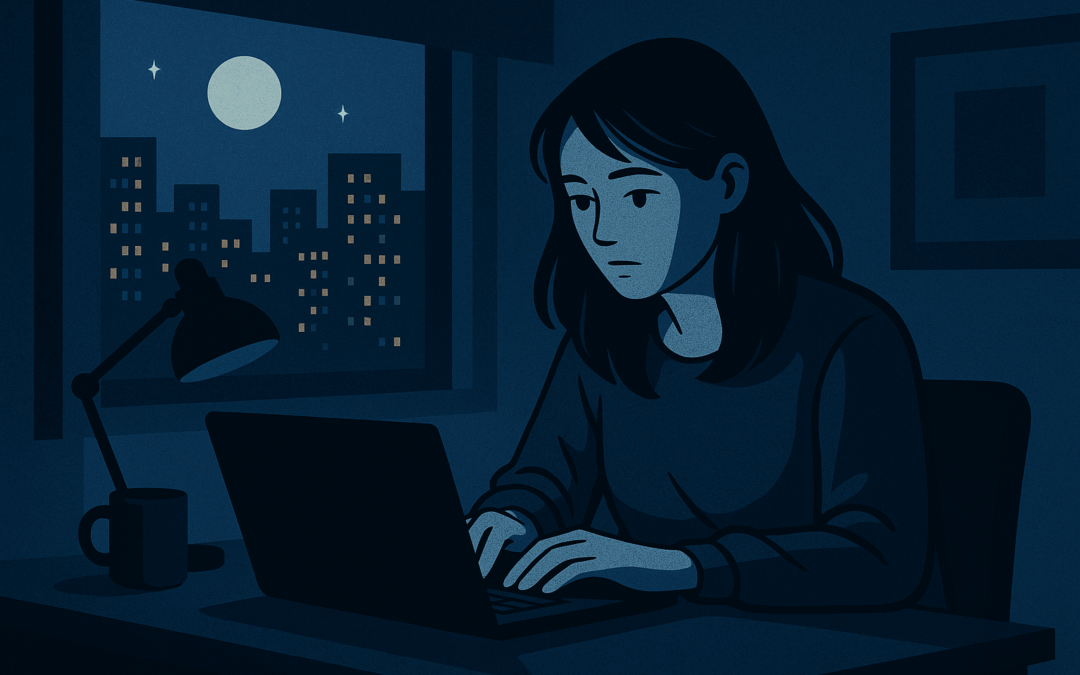The remote work revolution hasn’t just changed where we work—it’s changing when we work. A growing number of professionals are flipping the traditional 9-to-5 on its head, choosing instead to work when the rest of the world sleeps. These “midnight professionals” have embraced nighttime hours for focus, flexibility, and freedom—but not without challenges. Here’s a look at why the night shift is becoming more popular in white-collar roles, how it affects mental and physical health, and what it takes to thrive on a flipped schedule.
Why More People Are Clocking In After Dark

The rise of asynchronous work and flexible schedules has empowered employees to work when they’re most productive. For some, that’s in the dead of night. Creative professionals, programmers, customer support agents, and global freelancers often find fewer distractions and a stronger sense of control over their time by shifting their workday. The quiet hours between midnight and dawn offer uninterrupted focus that’s hard to come by in a bustling home or open office.
Tech and global industries, in particular, have embraced this model. Working odd hours is often a necessity when coordinating with teams across time zones. For others, night work is a lifestyle choice that enables daytime caregiving, education, or simply aligning work with natural energy peaks. Whether driven by necessity or preference, the night shift is no longer limited to blue-collar jobs.
The Pros and Cons of the Night Owl Lifestyle

Nighttime work can offer solitude, creativity, and a sense of autonomy. Many who adopt this schedule report fewer meetings, less micromanagement, and deeper focus—key factors for productivity in roles requiring concentration or imagination. The midnight hours also present a psychological advantage: the lack of immediate expectations from others can be liberating.
However, working while others sleep comes with downsides. The biggest challenge is social isolation—missing out on daytime activities, family dinners, or spontaneous social interactions. The flipped schedule can disrupt circadian rhythms, affecting sleep quality and long-term health. Without intentional effort, night workers may also struggle to set boundaries, leading to burnout or chronic fatigue.
Strategies for Sustainable Night Work

For those considering or already living the midnight professional life, sustainability is key. A few critical habits can make or break long-term success. First, maintaining a consistent sleep routine—even if it starts at 8 a.m.—helps regulate the body’s internal clock. Creating a dark, quiet sleep environment and avoiding screens before bed is equally crucial.
Clear communication with coworkers and clients across time zones is another must. Midnight professionals should set expectations, leverage asynchronous tools, and be mindful of response times. Finally, carving out time for exercise, natural light exposure, and social connection—even if it’s at unconventional hours—can protect both mental health and physical well-being.
As flexible work continues to evolve, so will our understanding of productivity. The midnight professional may still be an outlier, but as long as they’re getting results, companies are more willing to support these night owls. In the quiet darkness, a new way of working is taking shape—one that values output over office hours and personal rhythms over rigid routines.

